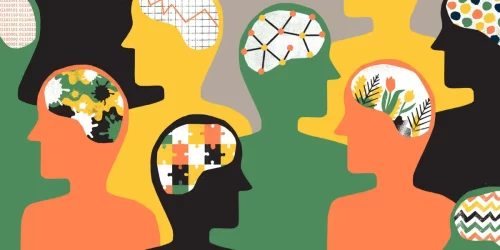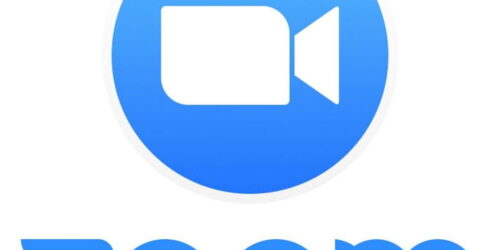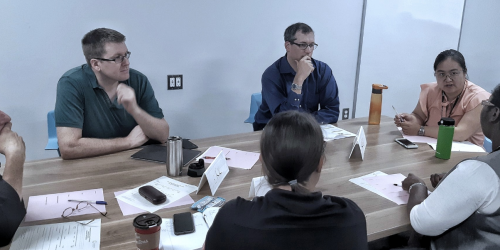
Universal Design for Learning: An Introduction
Think back to when you were in school – elementary through post-secondary. How often were you given opportunities to showcase how you learned that was best for you? If your formal education was anything like my own, you likely had few opportunities to demonstrate your learning beyond the traditional paper-and pencil. But times have changed! And Universal Design for Learning is leading that change.
Universal Design for Learning (UDL) is an educational approach that offers flexible learning environments to accommodate individual learning differences, ensuring all students have equal opportunities to succeed.
What Helps You Learn?
Think of yourself as a learner. Which of these methods help you learn? Which are not so important for you?
• reading related texts
• asking questions
• listening
• looking at charts, visuals
• doing practice activities
• taking tests/quizzes
• examples that are relevant to my life/my experience
• discussion
• writing
• time to process
• options in how you show what you know
• clear instructions
• knowing why the learning matters
A key word in ensuring an effective learning opportunity for all is options. Universal Design for Learning (UDL) is an approach to ensure that students have options for ways to achieve the same learning outcome.
Universal Design for Learning (UDL): Key Ideas
Current neuroscience is clearly demonstrating that learners are each unique and yet influenced deeply by their contexts. There are no fixed learning styles – variability in learning is the norm. Consider these quotes:
“In universal design for learning, we build upon the model of the learning brain wherein we consider the natural variability across affective, recognition, and strategic networks and design flexibility into curriculum to meet this variability.” (Meyer, Rose, & Gordon, 2014, p. 49)
“Applying UD concepts in course planning ensures full access to the content for most students and minimizes the need for special accommodations” (Burgstahler, 2008).
The Three Core Principles
Three core principles of UDL aim to activate three neural networks that are key to learning: the affective networks, recognition networks, and strategic networks. As shown in figure 1, the affective networks impact the “why” of learning, the recognition networks impact the “what” of learning, and the strategic networks impact the “how” of learning.

Figure 1. The why, what and how of learning. Source udlguidelines.cast.org
UDL is not prescriptive, and the best advice is to start small. Here are examples of ways you can incorporate the three core principles of UDL into your teaching. In fact, you may already be invoking UDL options in your teaching practice and not even know it!
Provide Multiple Means of Engagement
What are ways you can ensure that students have multiple means to be motivated to learn?
• Use personalized, relatable examples
• Provide choices in how students might engage with the course content
• Encourage active participation and reflection
• Minimize threats and distractions
• Create a supportive & accepting environment
• Give clear instructions throughout
• Incorporate opportunities for connections with each other and with the content
Provide Multiple Means of Representation
What are ways that you can ensure that students have multiple means of learning content?
• Offer ways of customizing the displays of information (e.g., offer options using visuals, audio, multi-media formats, provide transcripts for videos, ensure all documents used in a course are accessible and available electronically)
• Clarify vocabulary and symbols (e.g., hyperlink terms to definitions, define terms orally and in written format or present math equations with a diagram and table).
• Activate or supply background knowledge (e.g. using relevant analogies, video, audio)
• Highlight patterns, critical features, big ideas, and relationships
Provide Multiple Means of Action/Expression
What are ways that you can ensure that students have multiple means of action and expression for learning and for demonstrating their learning?
• Vary the methods for response available to students (e.g. oral, written, graphic, various technologies)
• Use multiple media for communication (e.g. text, speech, illustration, comics, film)
• Use multiple tools for construction and composition (e.g., text-to-speech software)
• Guide appropriate goal-setting (e.g., provide prompts and scaffolds)
• Enhance capacity for monitoring progress (e.g., use scoring rubrics, self-checks, peer feedback)
By including these UDL options for students, you increase the likelihood of reaching the needs of ALL learners in your class. As mentioned earlier, start small. Perhaps you could ensure that your slide decks have appropriate visuals and supporting video. Or consider giving students choice on how they submit their assignment work – text-based, video creation, or even an oral demonstration of their learning.
Regardless of where you start, giving students some options to engage with the learning material and how they express their learning will ensure heightened accessibility to your course.
References
Burgstahler, S. (2008). Universal design in higher education: From principles to practice. Boston: Harvard Education Press.
Meyer, A., Rose, D., & Gordon, D. (2013). Universal design for learning: Theory and practice. Wakefield, MA: CAST Professional Publishing.






